Henry III was the first English king to be crowned as a child, he was just nine years old, but his reign would be a long one, he was king of England for fifty-six years, a reign where the social and political landscape of England would be changed irrevocably.
I feel Henry's time as our countries monarch was one of the most important and significant reigns in our history and as I have said on more than one occasion his achievements have been much overlooked. Henry III improved the educational system in England, he was a lover of art and architecture and it was Henry who ordered the rebuilding of Westminster Abbey in the Gothic style we see today.
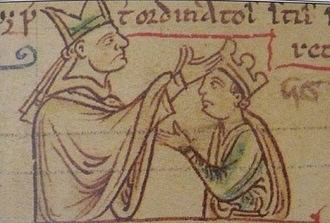

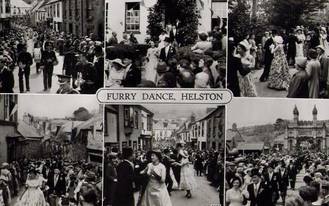
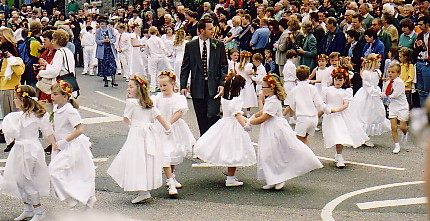

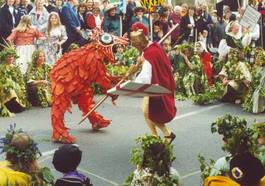

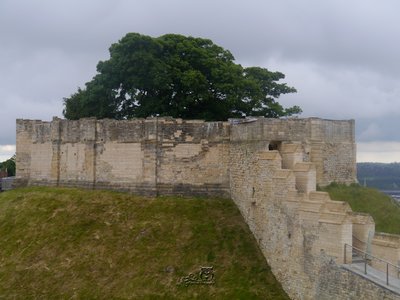
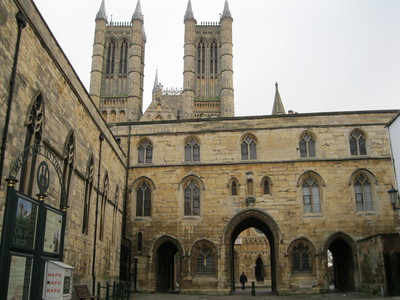
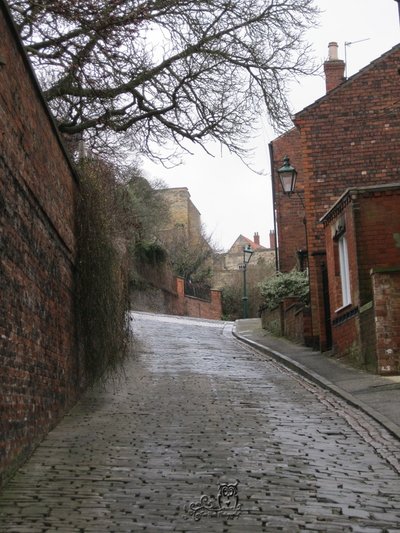
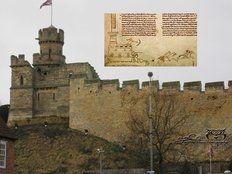



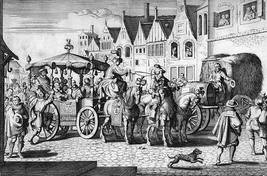
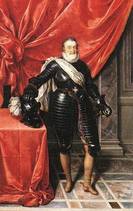

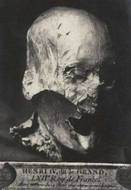
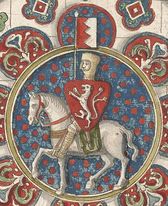
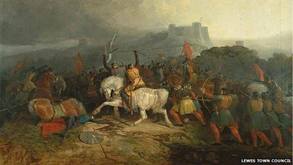
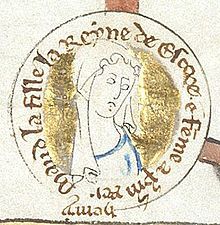
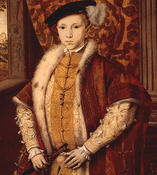
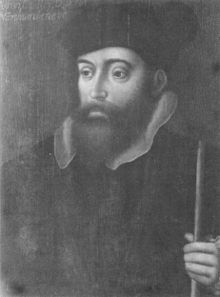





 RSS Feed
RSS Feed
